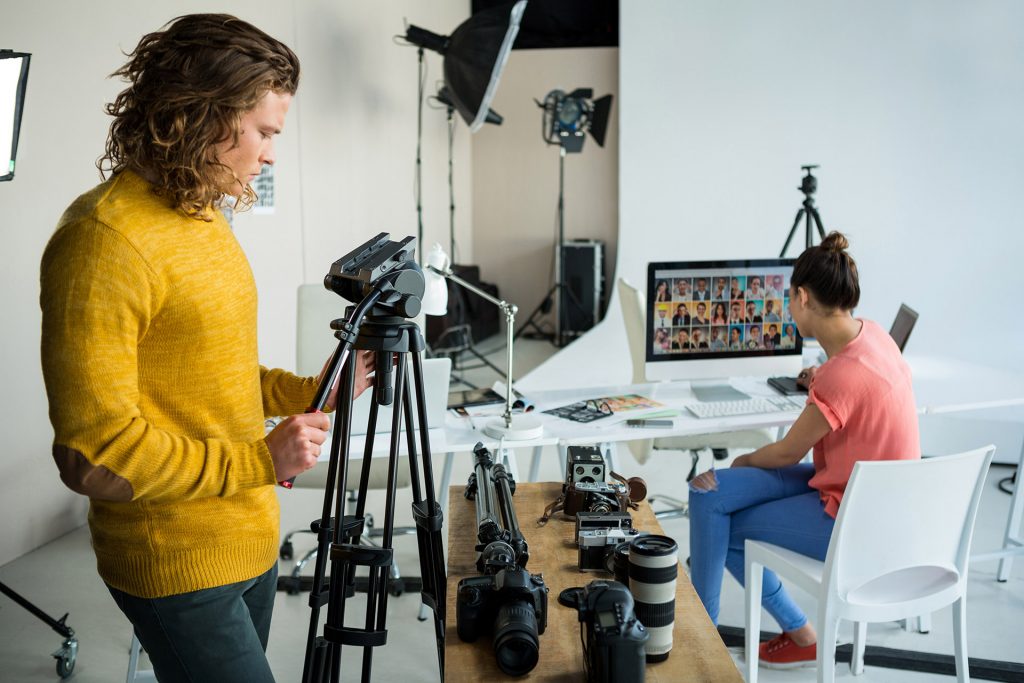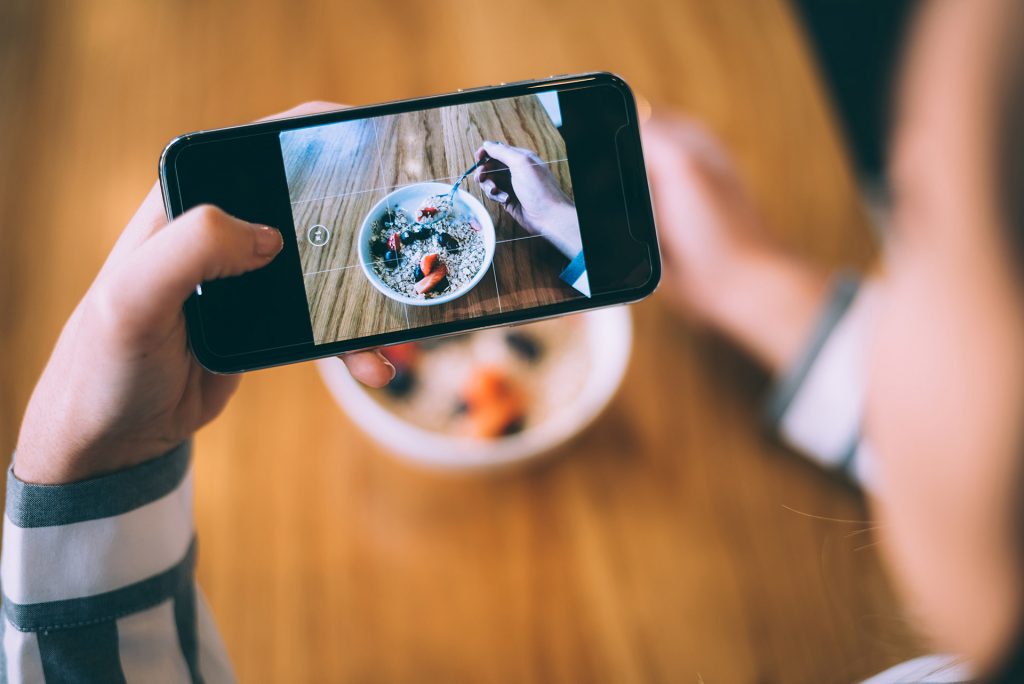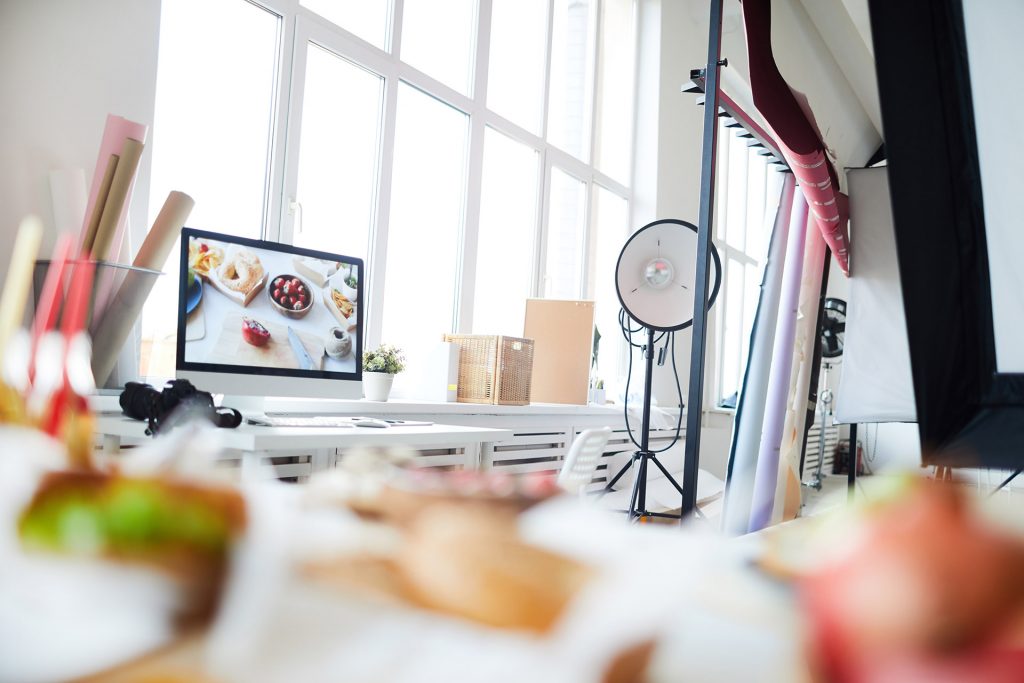Appearances are incredibly important in brick-and-mortar retail. This is why grocery stores got so accustomed to throwing out the misfit fruits — the angular apples, the lumpy lemons — in favor of those with magazine-ready looks. The taste is no different, but shoppers instinctively assume the items that look better must also be better.
They’re also important in online retail, of course, though the situation is slightly different because there’s a delicate balance to be achieved. To stand out in searches and suggest quality, products need to look impressive — but to convey authenticity and reassure shoppers that they’re looking at real items, they can’t look too good to be true.
That means taking real photos (no 3D renders or Photoshops), but doing so with the utmost professionalism. In this piece, we’re going to look at some tips for taking high-quality product photographs for online stores. Let’s get started.
Use consistent framing
Consistency matters in your product photos because it alludes to the reliability of your business. If you have close-ups for some products and standard-distance shots for others (with there being nothing about those particular items to require that difference), it will look sloppy. Whatever setup you arrange for your product photos, keep it the same for everything.

There may be some unavoidable exceptions, of course: products that are too big or unwieldy to photograph in the same way you photograph everything else. When that happens, aim to replicate your usual setup as closely as you can (same space, same lighting direction, etc). That should be enough to prevent anything from sticking out too obviously.
Mix up the perspectives
One photo for each product isn’t enough, no matter how clear and crisp it may be — and adding more versions of the same type of shot won’t make things better. You need to offer multiple perspectives at the very least. Shots from the side, shots from above, shots of several products together, shots of the product boxed: these are all viable.
In addition to your products, it’s important to consider showcasing other aspects of your business. When you populate your online store with stock imagery, customers will notice. At best, they will view your company as unoriginal; at worst, you can look untrustworthy. As part of a drive to convey trust and authenticity, many ecommerce brands are creating physical retail spaces to boost their brand. If you have a real-world store (or have hosted an event or pop-up shop recently), it offers a great opportunity to take high-quality photos that show customers the faces behind your business.
Use the best camera you can
Notice that I’m not saying you should invest in an expensive camera, just that you should use the best one you have. This is because you almost-certainly have a solid camera on your smartphone — one that’s capable of snapping high-resolution high-detail images in reasonable conditions. Do you really need a high-spec digital SLR camera? No, not really.

If you want to pick up a camera specifically for taking product photos, you can. You might find it easier to get good shots. It just isn’t an essential component, and if you’re just an amateur photographer, you’re unlikely to use such a camera very effectively. Smartphone cameras are generally simple point-and-click affairs, making them more accessible.
Get the lighting right
There’s a common misconception that simply having a high-quality camera will ensure that you can get great photos in any scenario. In truth, even the best camera will struggle in very low light, while you can get decent photos with even a mediocre camera in good conditions. If you don’t get your lighting right, you’ll always struggle to get satisfactory results.

The easiest way to get good lighting is to shoot during the day in a room that gets a lot of sunlight. Make sure that you don’t overshadow the products, and they should look good. Alternatively, you can use lighting panels and reflective sheets (like those in the featured image) to provide even lighting — just remember to check the white balance.
Use neutral backgrounds
The object of every product photo is to showcase the product, so allowing anything else to catch the eye is a huge mistake — yet it’s one that can easily be made if you don’t take the time to prepare suitable backgrounds before taking photos. The simplest approach is to use a backdrop of soft material that’s white or very light beige. It’ll reflect light well, and work nicely against the standard white website background.
It does depend on your brand identity and the products you’re presenting, of course, so you might want to use a different color (possibly even in line with your brand colors, which you should have chosen carefully) — provided you steer clear of sharp edges in the periphery and there’s plenty of contrast with the product, it should be fine. Again, though, you should aim for consistency. Pick a color (or set of colors) and stick to it throughout your entire range.
Investing in your product photography is a great way to elevate your online store and increase your conversion rates. Follow these tips to make a start, and remember to enjoy the process: the more enthusiastic you are, the faster you’ll learn.






